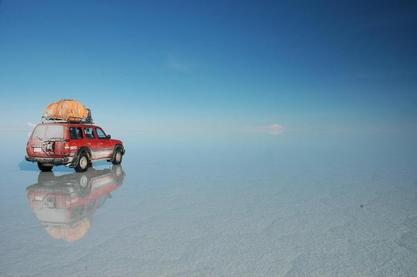I am an evolutionary biologist interested in understanding speciation, mainly 'herps' (reptiles and amphibians). Multiple processes have generated modern species diversity. Our primary task is to combine as many data types as possible to recover the evolutionary history of a lineage (s) relative to several related species (a clade). Modern Zoologists rely on genetic and morphological data, including ecological and distributional information, to recover past evolutionary processes. Congruent and sometimes incongruent data help infer the factors driving the evolutionary divergence of populations, species, and potentially entire communities.
In this context, oceanic islands and their inhabitant organisms are fascinating to study because islands exhibit constrained temporal windows and geographic distributions. Islands represent unparallel windows into evolution. Indeed, Charles Darwin's remarkable abstraction capabilities led him to hypothesize — after a brief visit to the Galápagos Archipelago — that natural selection was central to species origins and that species were not immutable entities. Charles Darwin dissected the distinct evolutionary forces mediating the birth of a new species. Ultimately, helping us to establish the connection between past and present. Whether one studies the evolution of vertebrates in islands or mainland habitats –and ~150 years after the publication of "On the origin of species..."– we are still trying to understand the many processes that originate species diversity. The twigs and wigs of the Tree of Life.
In this context, oceanic islands and their inhabitant organisms are fascinating to study because islands exhibit constrained temporal windows and geographic distributions. Islands represent unparallel windows into evolution. Indeed, Charles Darwin's remarkable abstraction capabilities led him to hypothesize — after a brief visit to the Galápagos Archipelago — that natural selection was central to species origins and that species were not immutable entities. Charles Darwin dissected the distinct evolutionary forces mediating the birth of a new species. Ultimately, helping us to establish the connection between past and present. Whether one studies the evolution of vertebrates in islands or mainland habitats –and ~150 years after the publication of "On the origin of species..."– we are still trying to understand the many processes that originate species diversity. The twigs and wigs of the Tree of Life.

